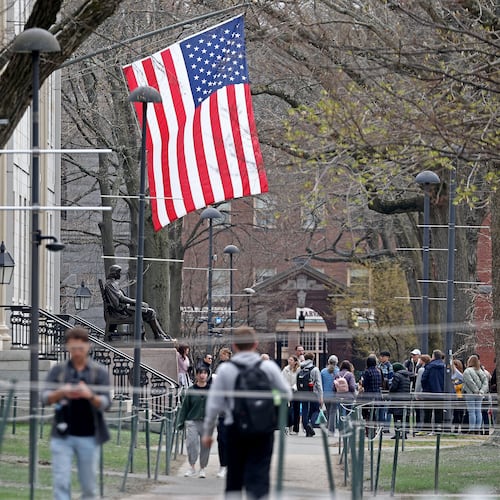The book is now closed on the public safety record of the Franklin administration. Between 2001 and 2009 the crime rate in Atlanta dropped by 40 percent, according to the FBI. Homicide fell 57 percent. Rape is down 72 percent. Violent crime overall is down 55 percent.
Crime is down across the country, but Atlanta’s improvement has far surpassed the national trend. Among cities with populations over 75,000, total crime is only down 24 percent during this period. Violent crime is only down 27 percent. Rape is only down 19 percent.
Mayor Kasim Reed and the Atlanta City Council should study these trends as they seek to make Atlanta safer. Adding more officers is effective, but Atlanta’s success is also tied to economic policies that revitalize neighborhoods.
Atlanta’s public safety improvement has occurred at more than twice the rate of the rest of the country. This relative improvement explains why Atlanta — after ranking in the top five highest crime cities for most of the previous three decades — now ranks 31st. Atlanta has lower crime than Salt Lake City, Orlando and Tacoma, Wash.
There is little doubt that the reforms in the Atlanta Police Department introduced by Mayor Shirley Franklin and former police Chief Richard Pennington had a significant impact. They hired an outside firm to recommend a new organization and policing plan, began to measure and track policing outcomes, and increased the size of the force by 20 percent.
While it is necessary to have a well-trained, equipped and motivated police force, other factors that drive down crime are even more important.
During the past decade, the Atlanta Housing Authority has replaced its crumbling public housing infrastructure with mixed-income communities. Economic development initiatives such as the Beltline and Atlantic Station have attracted private investment to blighted areas of the city. Perhaps most importantly, individual investors and homeowners have moved into neglected neighborhoods and transformed them into thriving communities.
As the urbanist Jane Jacobs pointed out almost 50 years ago, what makes a community safe is the community itself. The safest neighborhoods in Atlanta are not safe because they are swarming with police officers. They are safe because residents demand it. The job of government is to make sure that the city is designed in a way that encourages citizens to take ownership of their streets and those that use them.
As we look to Reed and his new administration to continue on this path to a safer city, I urge us to focus on the importance of neighborhood rejuvenation. A study recently released suggests that Atlanta has four of “25 most dangerous neighborhoods in the country.” The neighborhoods cited in the report also happen to be neighborhoods where little public or private investment has occurred in the past 25 years. That is no coincidence.
Rather than hiring more police officers, the city should invest more of its resources in public infrastructure — such as streets, parks and sidewalks — to attract private investors and new residents. We should accelerate investments in projects like the Beltline and Fort McPherson that have transformative potential. And we should find new and creative ways to support those “urban pioneers” who ultimately do the hard work of turning marginal neighborhoods into prosperous communities. As our experience of the past decade clearly demonstrates, public safety “emerges” from functioning neighborhoods. It cannot be imposed upon them.
David Edwards, a consultant for IBM’s Smarter Cities Initiative, was a senior policy adviser to Mayor Shirley Franklin from 2002 to 2009.
About the Author
Keep Reading
The Latest
Featured


